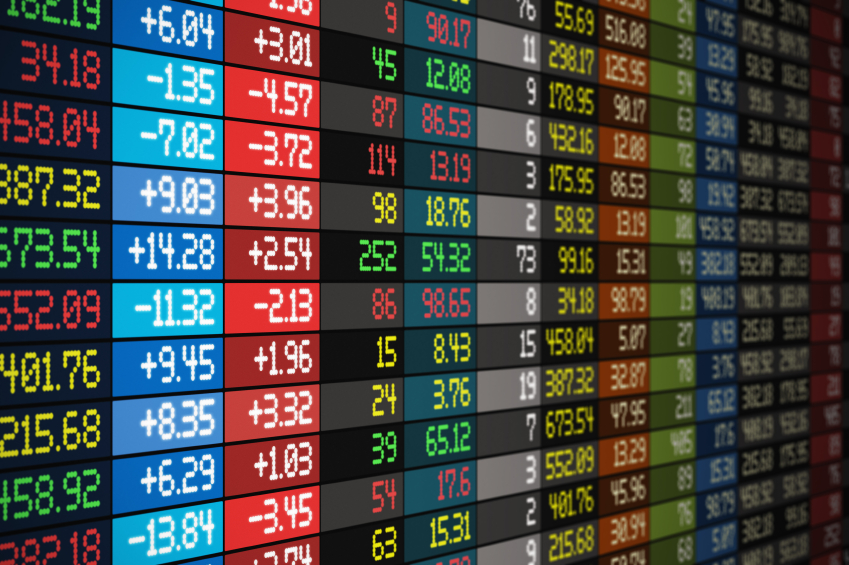Code Green Solutions


The real estate sector has a significant affect on the environment. In the US, buildings account for almost 38% of global carbon dioxide emissions, 72% of electricity consumption, and 40% of raw materials use. More efficient use of energy, water, and materials can reduce the demand for increasingly scarce natural resources. But, environmental and social benefits of green improvements are simply not enough to motivate property owners such as Real Estate Investment Trusts (REITs) to invest in green buildings. Real estate investors want to see economic justification for investments in energy efficiency and other sustainability measures.
Researchers Piet Eichholtz, Nils Kok, and Erkan Yonder from Maastricht University in their study, Portfolio Greenness and the Financial Performance of REITs, investigate the interplay between the greenness of buildings and the financial performance of US REITs. The study concluded that portfolio greenness was positively related to the operating performance of US REITs. A one percent increase in the weight of LEED-certified properties within the portfolio results in 3.5% improvement in the return of assets (ROA) and 7% improvement in the return of equity (ROE). Enhanced sustainability performance also has a positive influence on cash flows. A one percent increase in the weight of LEED-certified properties within REIT portfolios increases the share of funds from operations (FFO) in total revenue by 17-25%. The study also found that REITs that owned a higher fraction of green properties enjoyed a lower market risk. A one percent increase in the weight of LEED-certified properties within the portfolio decreases the market beta of a US REIT by 0.14%.
The enhanced financial performance of REITs may be explained by the following reasons: (1) more efficient properties may consume less energy and other resources which results in lower operational costs and lower exposure to price fluctuations of natural resources; (2) the literature suggests that green properties tend to enjoy more stable occupancy rates and higher valuation rates making REITs with a higher fraction of green properties less prone to fluctuations in the business cycle; and (3) indirect benefits may also be at play such as improved reputation and enhanced customer and community loyalty.
US REITs are still in the early phase of incorporating portfolio greenness into their property portfolios. The average share of LEED-certified properties in REIT portfolios remains low – about 2% as of August 2011. The results of the study suggest that substantial opportunities remain to improve the operational performance of US REITs and shield REIT returns from market risk by investing in the development of new LEED-certified building and incorporating energy efficient and other sustainability measures into the existing portfolio of non-certified properties.